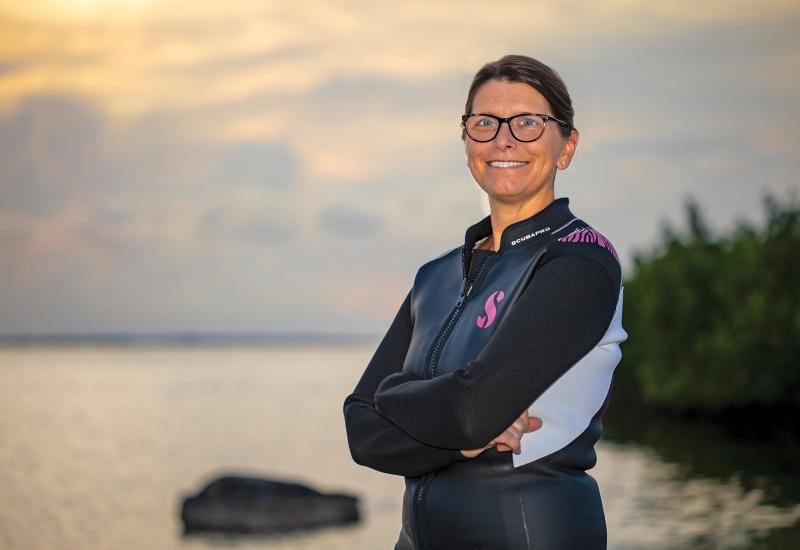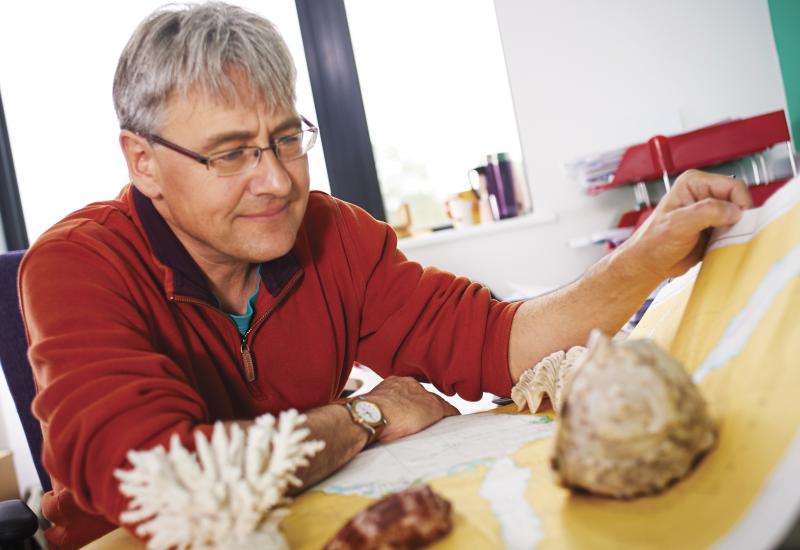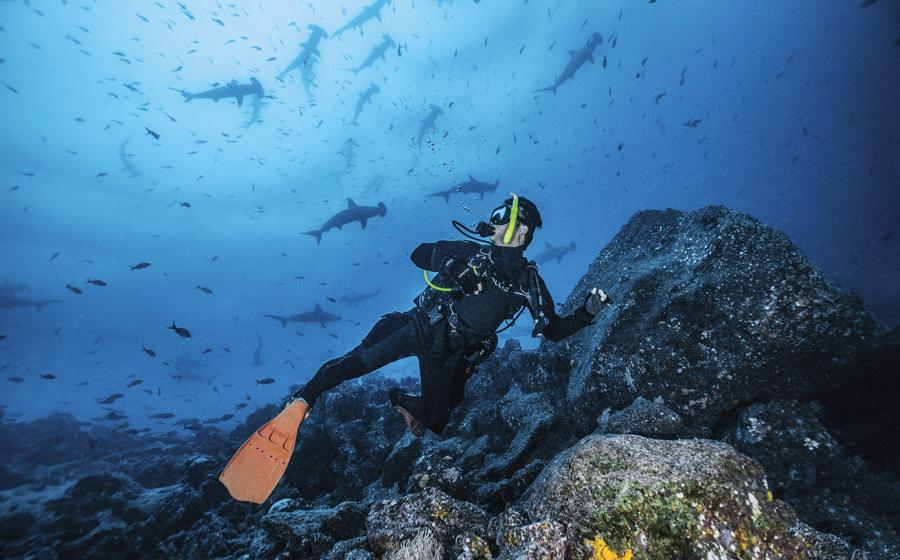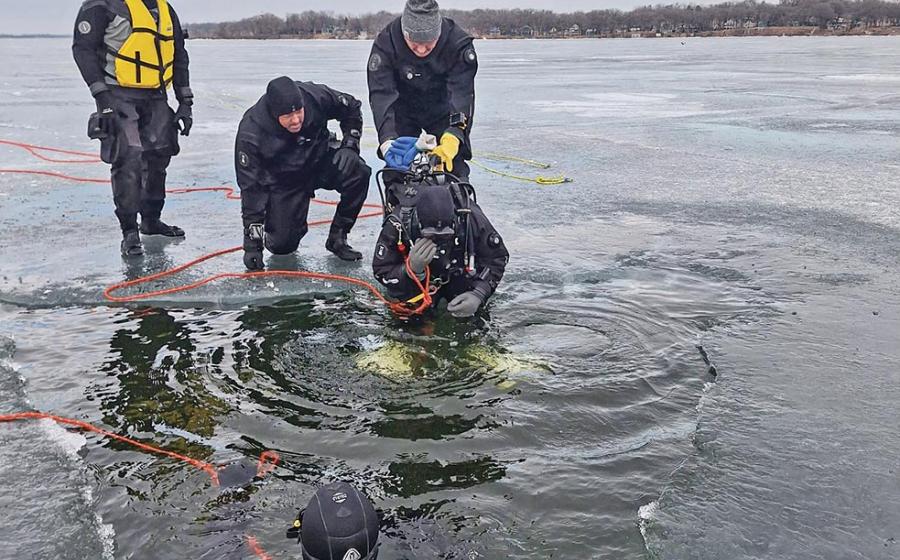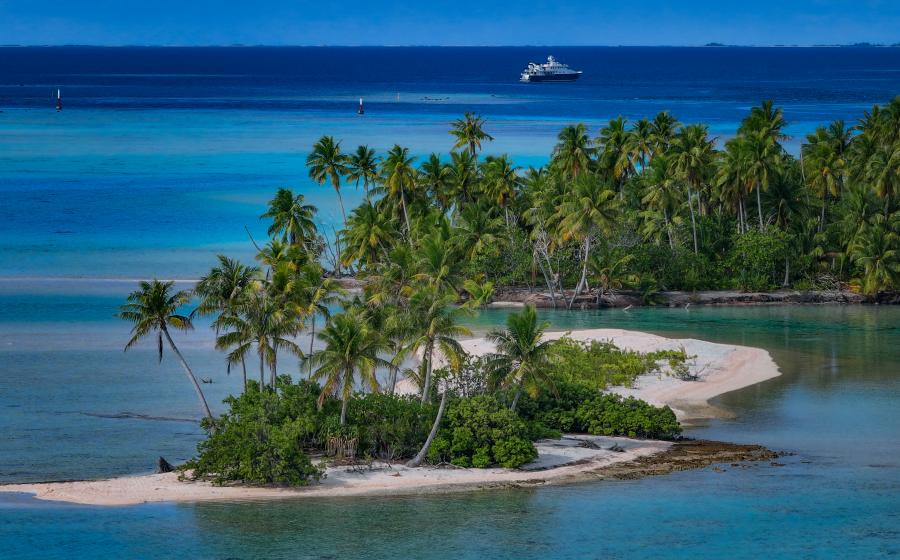Marine Biologist Jacinta Shackleton Named April '25 Sea Hero

Muri NasrauiMarine scientist Jacinta Shackleton is working against misinformation of the Great Barrier Reef.
Certified In: 2018
Dive Certification Level: Advanced open water, enriched air (nitrox)
Expertise: Great Barrier Reef Education
Social Media Handles: Instagram @jacintashackleton
TikTok: @jacintashackleton_
Jacinta Shackleton is a passionate communicator and marine biologist who works as a master reef guide to correct misinformation about the Great Barrier Reef (GBR) in Australia. She uses Instagram as a platform to educate her 170,000 followers about what’s happening out on the GBR and how they can help in conservation efforts. For her dedication to the reef and passion for communication, she is our April 2025 Sea Hero.
Q: What does your work as a master reef guide entail?
A: There are over 120 master reef guides from the far north to the very southern tip of the GBR who make it their mission to educate and inspire people daily. Master reef guides are experts on all things reef-related and often introduce people to this wonder of the world for the first time.
Related Reading: Erika Lopez Named 2024 Sea Hero of the Year
Q: What do you want people to know about coral bleaching on the GBR?
A: The GBR is an incredible and abundant ecosystem that everyone should see for themselves in their lifetime, but it is under pressure from climate change. Assessing the health of the GBR is complex. The reef s currently experiencing its fifth mass bleaching event, but a message that we are trying to share is that coral bleaching means that the coral is unwell and has expelled its photosynthetic algae (zooxanthellae), but that doesn’t mean it’s dead. Reefs can recover from bleaching events.
The GBR is massive and made of up over 900 individual reefs, and some areas are in poor health while others are thriving. New surveys are showing the most coral growth ever recorded in these areas. I’ve personally witnessed bleaching events in several areas of the reef and returned years later to see thriving underwater havens home to giant clams, tawny nurse sharks and butterflyfish.
Q: Is misinformation about bleaching hurting the GBR?
A: Definitely. I have met many people who had heard of the apparent dire situation on the reef, or that the entire thing had already perished. For each person willing to come out and see for themselves, there was a handful of others convinced that the media was correct. Tourism helps the GBR through several avenues. Visitors pay an environmental management charge that goes toward reef management and education, and tourists who see the reef in good health spread the word to those back home.
Negative news doesn’t lend a helping hand in protecting our reef.
Related Reading: ConnectOcean CEO Ernst van der Poll Named November Sea Hero
Q: What role can social media play in ocean protection?
A: Social media has allowed me to reach people who aren’t able to see the reef in person. It has been heartwarming to read messages over the years of people touched by my content who were inspired to visit after seeing clips of wild dolphins or a calm reef shark. It has also been an incredible tool in changing people’s opinions once they see how placid some of these once feared animals can be.



